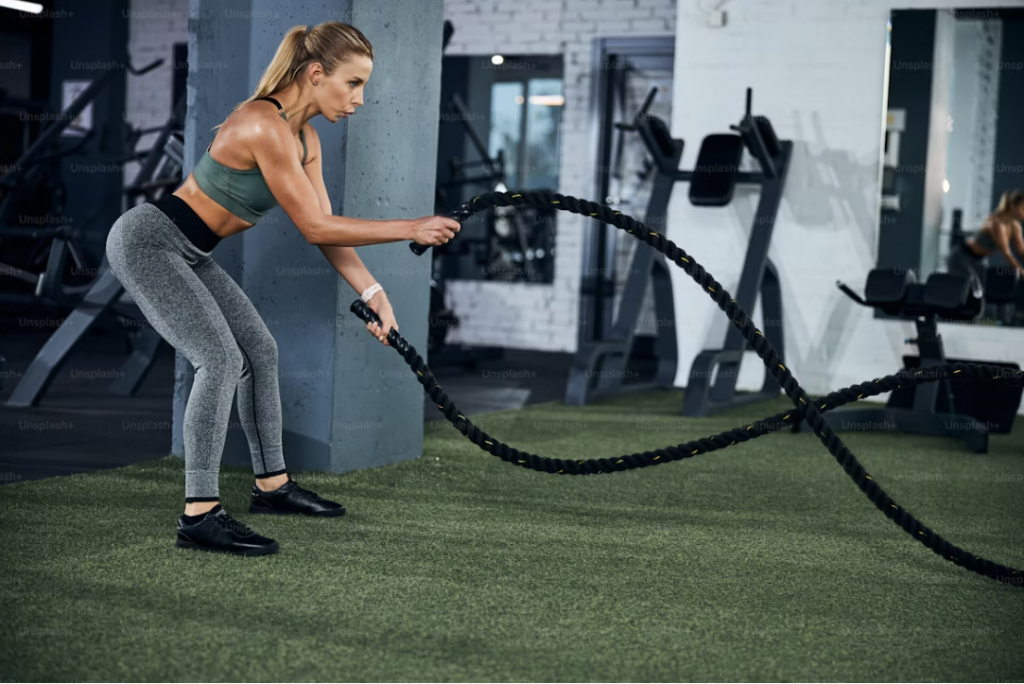Introduction
Resistance bands have become essential tools for fitness enthusiasts. Lightweight, versatile, and effective, they can enhance both strength and flexibility, making them perfect for home, gym, or travel workouts.
Why Use Resistance Bands?
Versatility
Bands allow a wide range of exercises targeting all major muscle groups.
Portability
Easily carried in a bag, they enable workouts anywhere—home, park, or hotel.
Cost-Effectiveness
Inexpensive yet highly effective, bands provide value comparable to gym machines.
Types of Resistance Bands
Loop Bands
Circular bands ideal for lower body exercises and glute activation.
Tube Bands with Handles
Provide grip for upper and full-body strength exercises.
Therapy Bands
Flat bands commonly used for rehabilitation and mobility work.
Benefits for Strength Training
Muscle Activation
Bands engage muscles differently than free weights, improving stabilization.
Progressive Resistance
Resistance increases as bands stretch, mimicking strength progression.
Joint-Friendly Workouts
Low impact on joints while still challenging muscles effectively.
Benefits for Flexibility and Mobility
Stretching Assistance
Bands help deepen stretches safely for hamstrings, shoulders, and back.
Range of Motion Improvement
Promotes mobility in hips, shoulders, and spine for better performance.
Injury Prevention
Strengthens supporting muscles and improves flexibility, reducing injury risk.

Top Recommended Resistance Bands
Fit Simplify Loop Bands
Popular for durability and suitable resistance levels for beginners and pros.
Tribe Resistance Bands Set
Includes multiple strengths and handles for full-body workouts.
TheraBand Professional Therapy Bands
Used in physiotherapy for controlled rehabilitation exercises.
How to Choose the Right Band
Resistance Level
Start with light to medium bands; progress to heavier resistance as strength improves.
Material and Durability
Latex is common and elastic; non-latex options exist for allergies.
Type Based on Workout Needs
Loop bands for legs, tube bands for upper body, therapy bands for rehab and stretching.
Incorporating Bands Into Your Routine
Upper Body Exercises
Bicep curls, shoulder presses, chest presses, and rows.
Lower Body Exercises
Squats, glute bridges, lateral walks, and kickbacks.
Core and Full-Body Workouts
Woodchoppers, banded planks, and full-body circuits.
Maintenance and Safety Tips
Inspect Regularly for Wear
Check for tears or cracks before each session.
Clean and Store Properly
Wipe down bands and store in a dry place to prolong lifespan.
Avoid Overstretching
Exceeding recommended stretch can snap the band and cause injury.
Conclusion
Resistance bands are an essential, cost-effective tool for building strength, enhancing flexibility, and supporting overall fitness. With a variety of types, resistance levels, and brands, they suit all fitness levels and goals. Incorporating them into your workouts ensures versatile and efficient training at home or on the go.